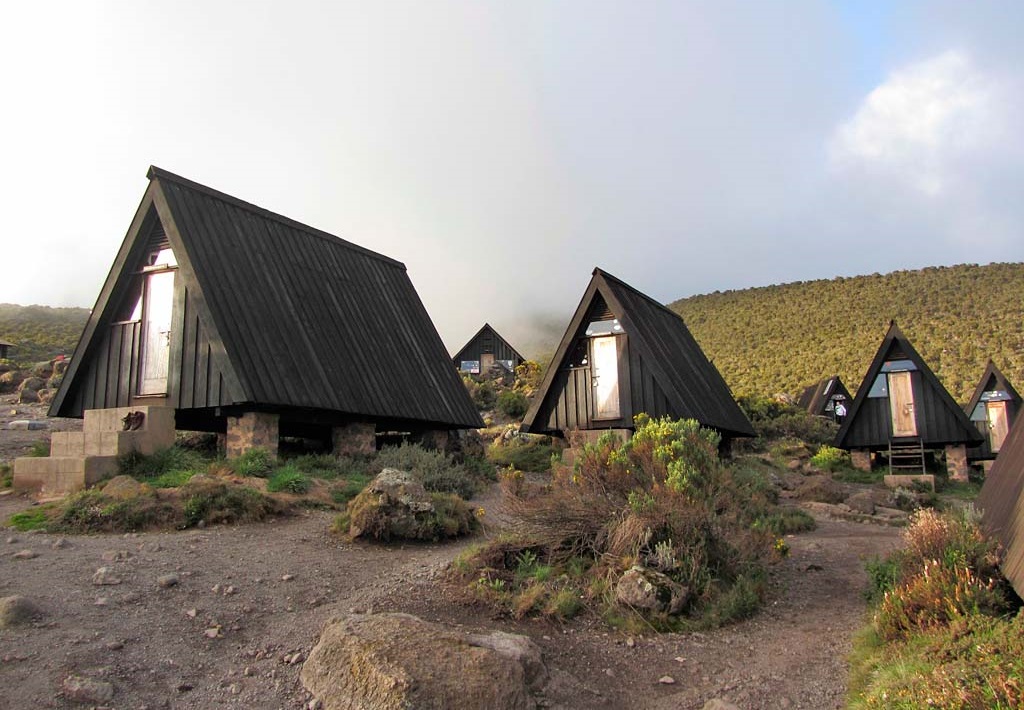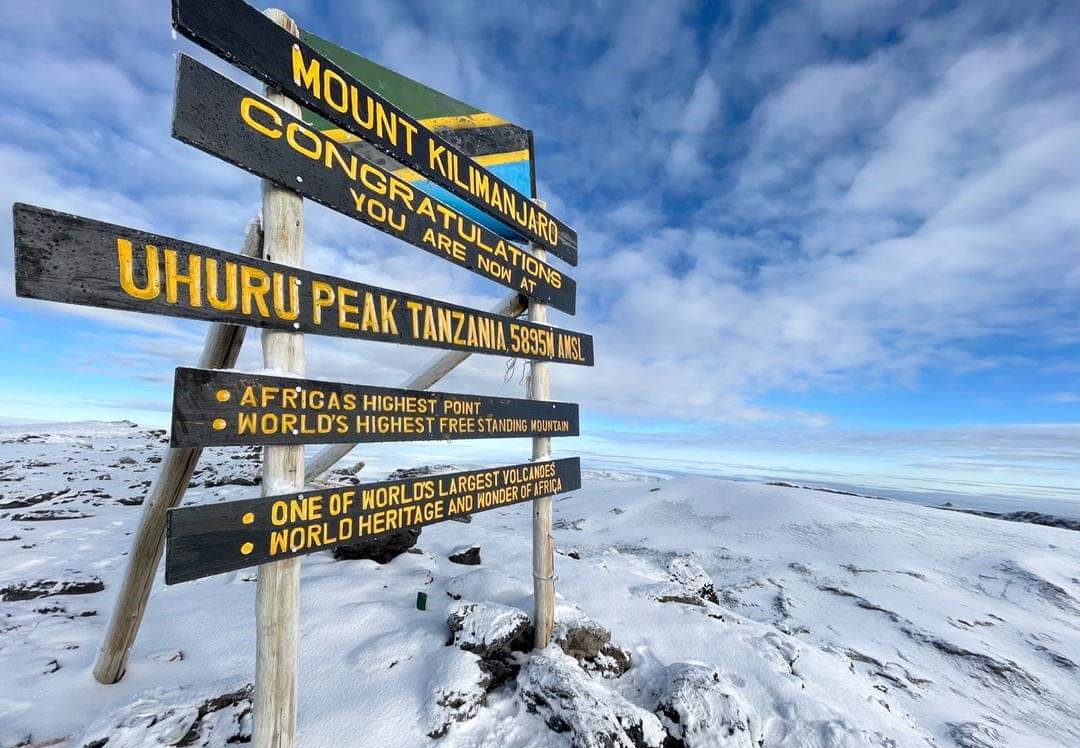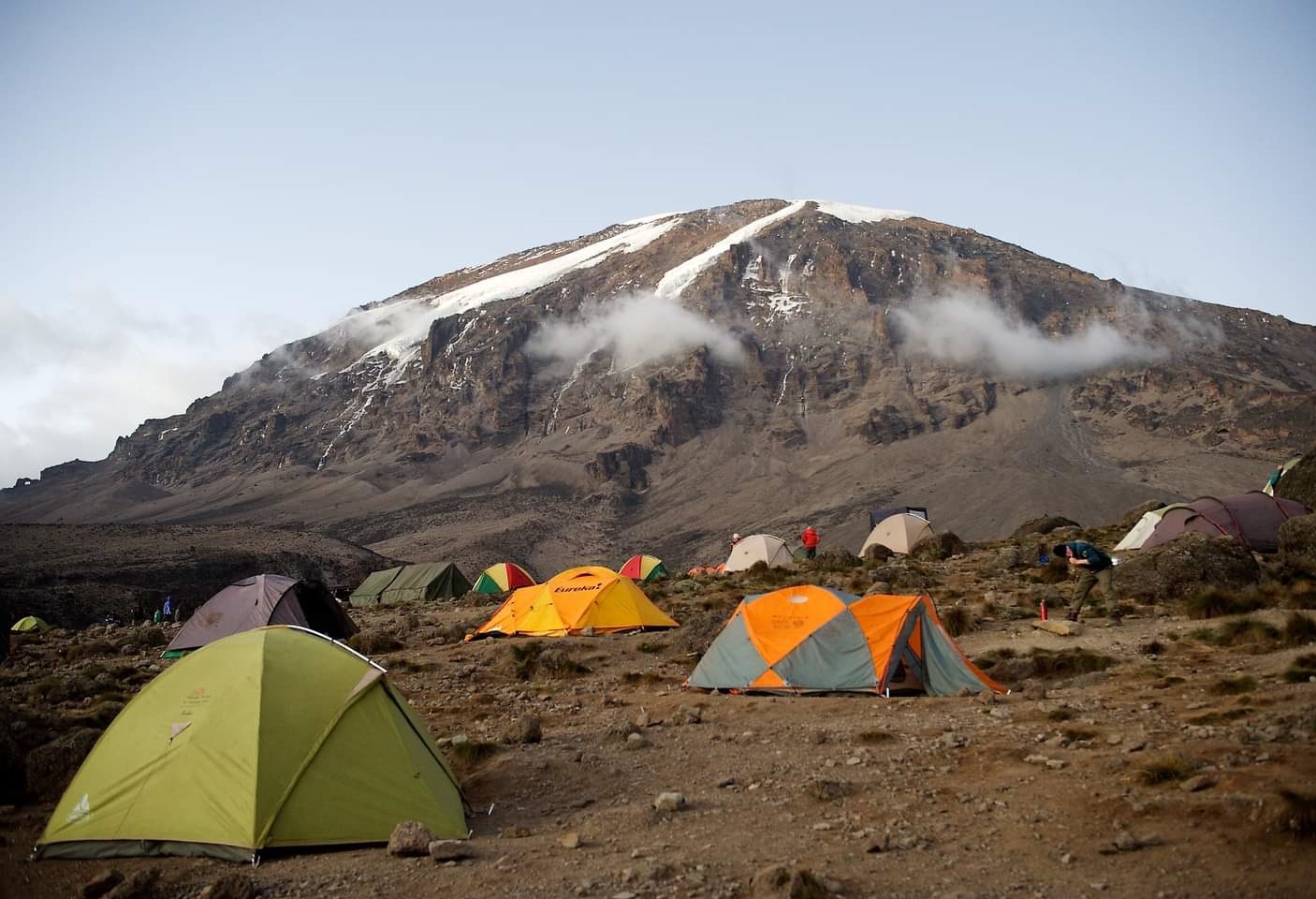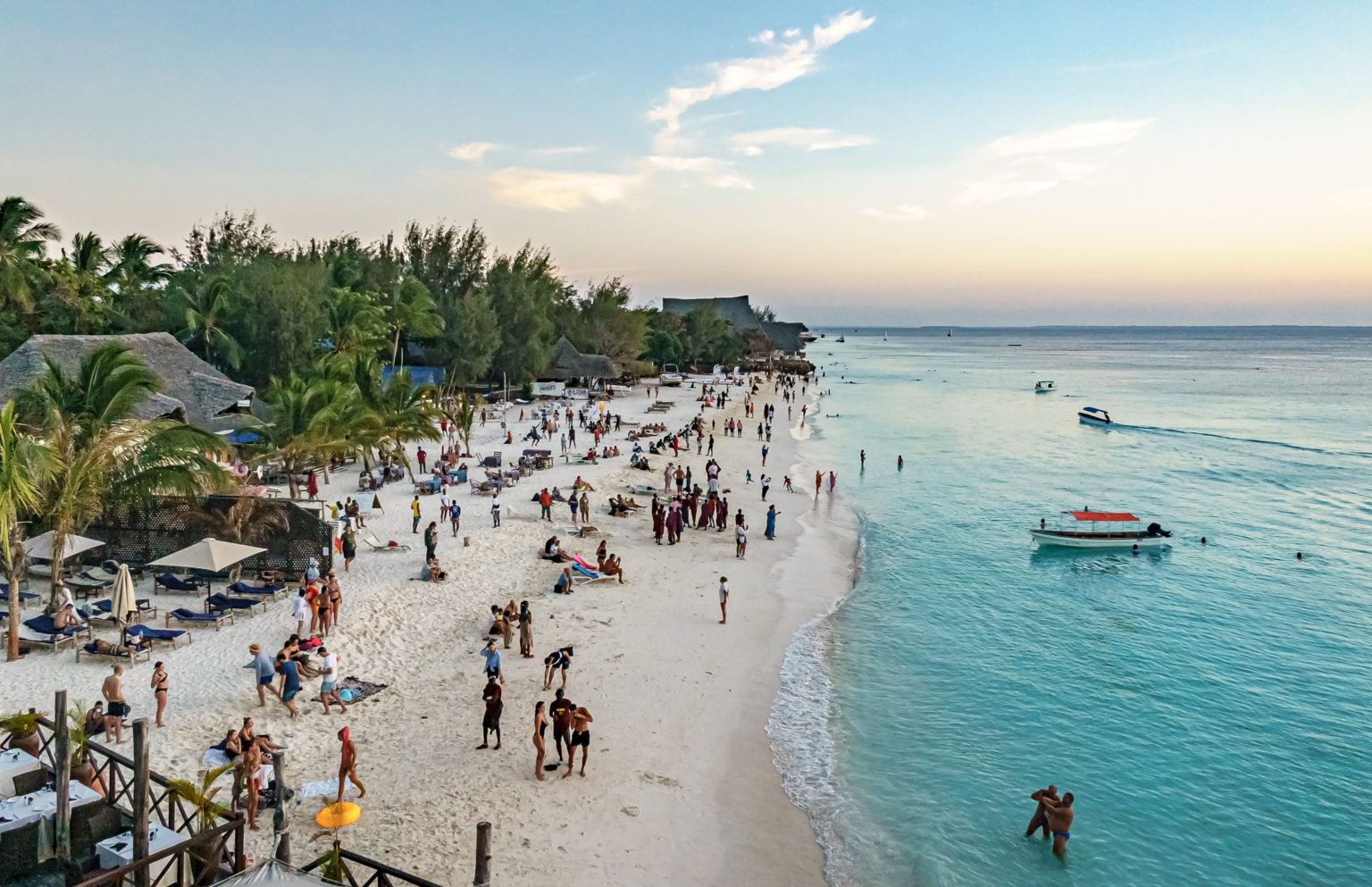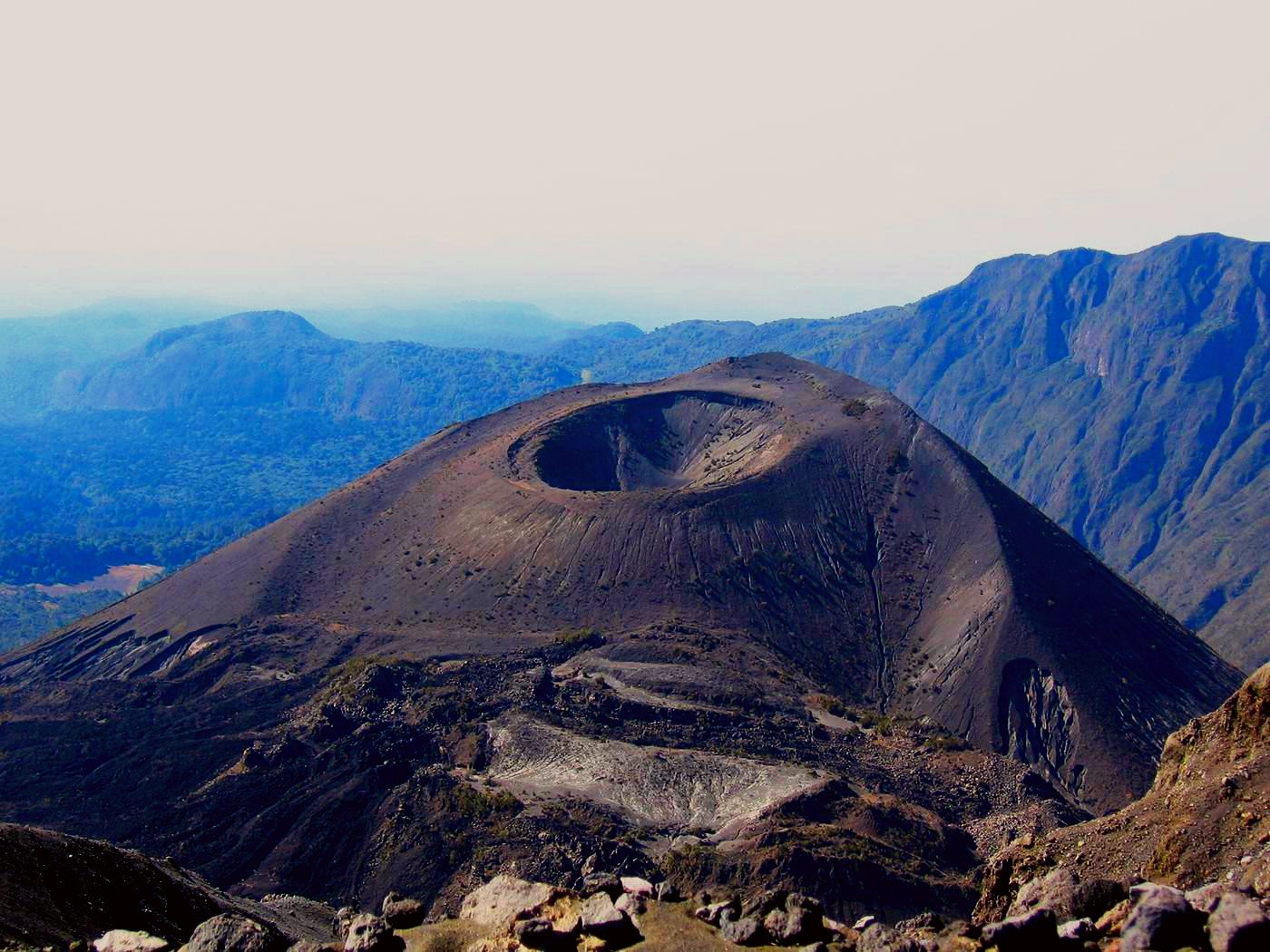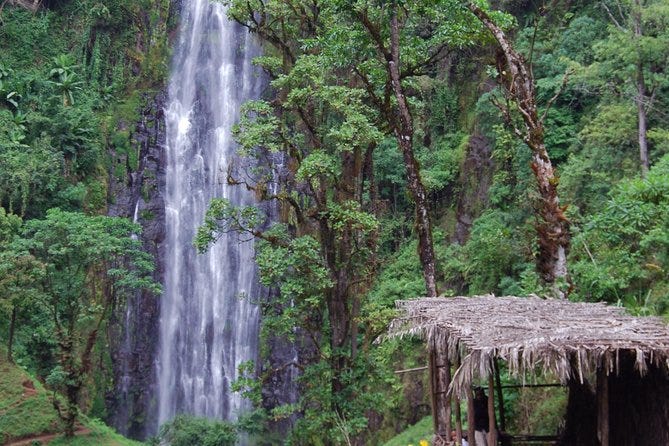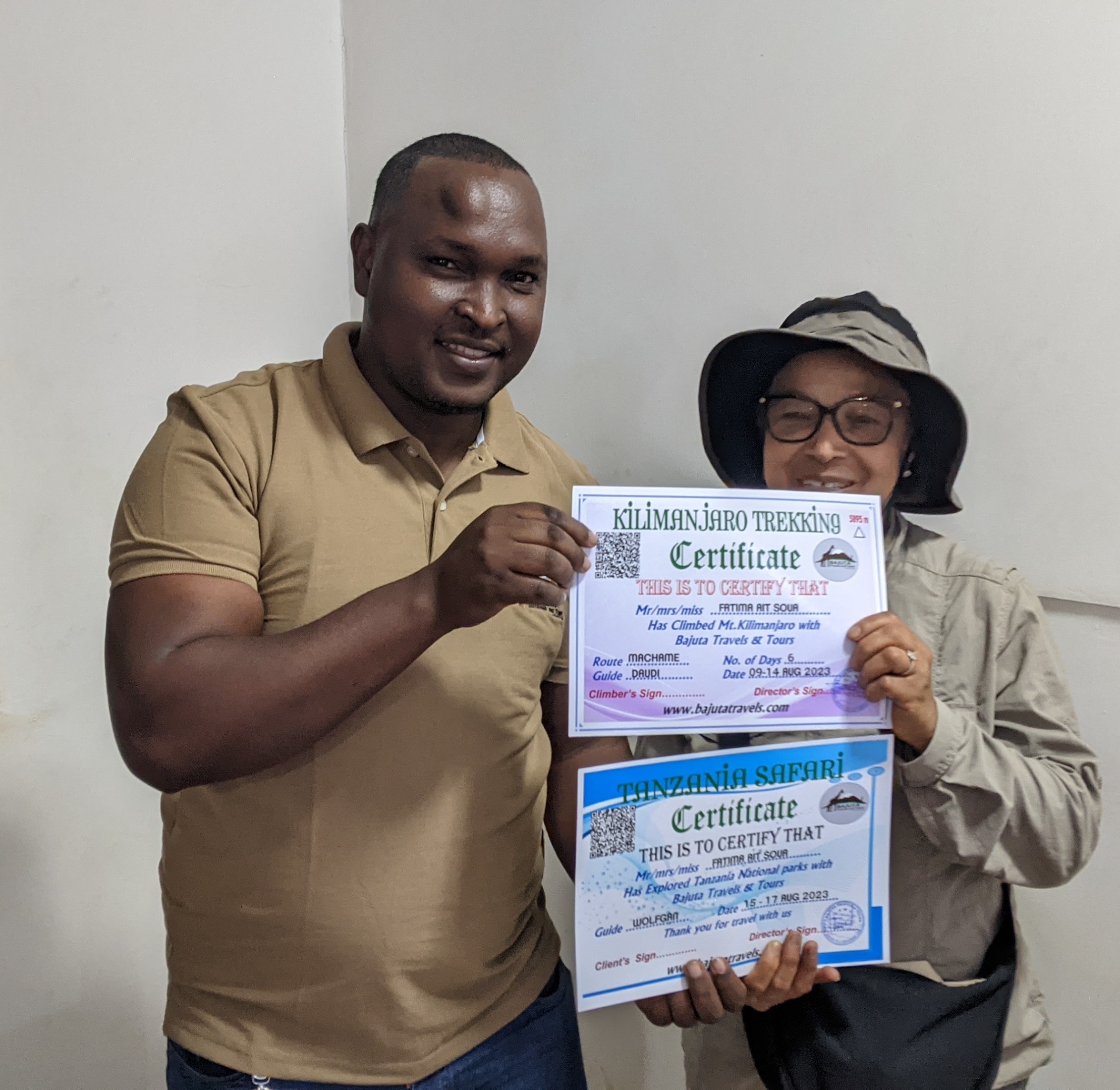KILIMANJARO SAFETY PRECATIONS
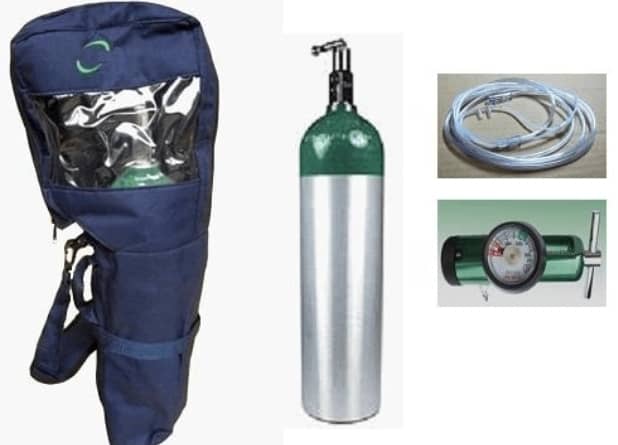
Overview
Official statistics show that almost 50% of all climbers are not reaching the top of Kilimanjaro due to altitude sickness, you should be aware of its symptoms and don’t underestimate the impact . Bajuta Travel has a clear Safety Guideline to minimize all risks for your health.
Bajuta Travel’s Safety Precautions:
• By handling over 1.000 clients per year our guides are highly experienced in preventing, recognizing and treating Acute Mountain Sickness (AMS)
• Established protocol for handling emergencies on the mountain, including rescue and evacuation
• Health checks are conducted twice daily to measure pulse, temperature, blood pressure and oxygen saturation
• First Aid Medical Kits are carried on all climbs
• Provide Kilimanjaro Search and Rescue (SAR) helicopter evacuation for injured or ill climbers (Helicopter Rescue is available again)
• Our guides are certified Wilderness First Responders (WFR)
• All our mountain guides and porters are constantly updating and rejuvenating their safety practices to be perfectly prepared as a team for your safety and the safety of all climbers on the mountain and on safari. As a company we provide regular team meetings to share experiences about safety instructions that will be passed on to all team members to ensure your safety.
• Before every hike, you will receive an introduction of our safety guidelines by your main guide so that you are prepared for the different situations that may occur while on safari and while hiking Mt. Kilimanjaro
Our teams are constantly practicing our safety protocols for mountains rescue
Acute Mountain Sickness (AMS)
The percentage of oxygen in the atmosphere at sea level is about 21%. As altitude increases, the percentage remains the same but the number of oxygen molecules per breath is reduced. At 3.600m there are roughly 40% fewer oxygen molecules per breath so the body must adjust to having less oxygen. Altitude sickness, known as AMS, is caused by the failure of the body to adapt quickly enough to the reduced oxygen at increased altitudes. Altitude sickness can occur in some people as low as 2.500m, but serious symptoms do not usually occur until over 4.500m.
Acclimatization Guidelines
• Pre-acclimatize prior to your trip by hiking at high altitude if possible.
• Pole, pole! Our guides will remind you to walk slowly throughout your climb as it takes time to acclimatize to higher altitude.
• Take slow deliberate deep breaths.
• Climb high, camp low. Climb to a higher altitude during the day, then sleep at a lower altitude at night. Most routes comply with this principle and additional acclimatization hikes can be incorporated into your itinerary.
• Eat enough food and drink enough water while on your climb. It is recommended that you drink from four to five liters of fluid per day. Also, eat a high calorie diet while at altitude, even if you don’t feel hungry.
• You can use altitude medication such as Diamox to prevention symptoms of AMS. However, it is not a 100% guarantee and only effective if taken prior to your hike. Please talk to your doctor first to avoid any complications.
• Avoid tobacco, alcohol and other depressant drugs including, barbiturates, tranquillizers, sleeping pills and opiates. These further decrease the respiratory drive during sleep resulting in a worsening of altitude sickness.
• If you begin to show slight symptoms of altitude sickness, don’t go higher until symptoms decrease. If symptoms increase, descend.
Daily Health Checks
Our guides are all experienced in identifying altitude sickness and dealing with the problems it causes with climbers. Our guides are certified Wilderness First Responders (WFR) and they will constantly monitor your well-being on the climb by watching you and speaking with you. Twice daily, in the morning and evening, our guides will conduct health checks. If you should feel any slight symptoms of mountain sickness or discomfort please don’t hesitate to talk to your mountain guides to prevent further problems.
We perform regular blood oxygen checks on the mountain for your safety
Pulse Oximeter
A pulse oximeter measures oxygen saturation – the oxygen level in your blood & and your pulse rate. The oximeter is placed on a climber’s fingertip. It uses two beams of light that shine into small blood vessels and capillaries in your finger. The sensor reflects the amount of oxygen in the blood. Oxygen saturation is a measurement of how much oxygen your blood is carrying as a percentage of the maximum it could carry. Normal blood oxygen levels at sea level are 95-100%.
As altitude increases, oxygen saturations decrease. Proper acclimatization generally brings oxygen saturations higher, which is why these figures typically rise when oxygen saturations are tested after resting overnight. On Kilimanjaro, oxygen saturations percentages are regularly in the 80’s. There are no definitive saturation levels where a client can be declared absolutely safe or at risk. However, when oxygen saturation drops below 80%, we monitor that climber very closely.
Regular blood oxygen checks help to recognize issues related to Altitude Mountain Sickness early
Blood Pressure (bpm)
Checking the blood pressure is important because the higher your blood pressure is, it is putting extra strain on your arteries and on your heart. A very high blood pressure can cause heart strokes or heart attacks. A normal blood pressure stays between 120 and 80 mm Hg. High blood pressure between 140 and 80 is only harmful when expereineced over a long time and while resting. A hypertensive crisis is at risk when blood pressure rises above 180 and 120 mm Hg and is a very high risk. Our guides will always check your blood pressure levels AND oxygen levels.
Altitude Medication
Diamox (generic name acetazolamide) is an F.D.A. approved drug for the prevention of AMS. The medication acidifies the blood, which causes an increase in respiration, thus accelerating acclimatization.
Diamox does not disguise symptoms of altitude sickness, it can prevent them. Studies have shown that Diamox at a dose of 250 mg every twelve hours before and during rapid ascent to altitude results in fewer or less severe symptoms of acute mountain sickness (AMS).
The medicine should be continued until you are below the altitude where symptoms became bothersome. Side effects of acetazolamide include tingling or numbness in the fingers, toes and face, taste alterations, excessive urination; and rarely, blurring of vision. These go away when the medicine is stopped. It is a personal choice of the climber whether or not to use Diamox as a preventative measure against AMS.
Please consult your doctor before any kind of medication! Tanzania Horizon Safaris neither advocates nor discourages the use of Diamox! Ibuprofen or IbuTad can be used to relieve altitude induced headaches.
Emergency Oxygen & Mountain Rescue
All camps provide bottled oxygen for acute emergencies. On demand, we can carry bottled oxygen on all of our climbs as a precaution and additional safety measure. The oxygen bottle is NOT used to assist clients who have not adequately acclimatized on their own to climb higher. The most immediate treatment for moderate and serious altitude sickness is a fast descent. With Kilimanjaro’s routes, it is always possible to descend quickly. Therefore, oxygen is only used in case of emergency to prevent climbers from severe health issues. Please contact us for further information!
